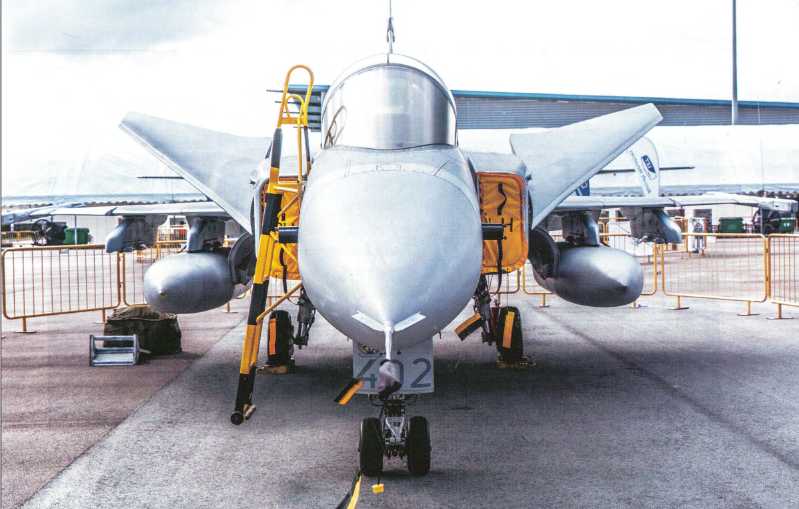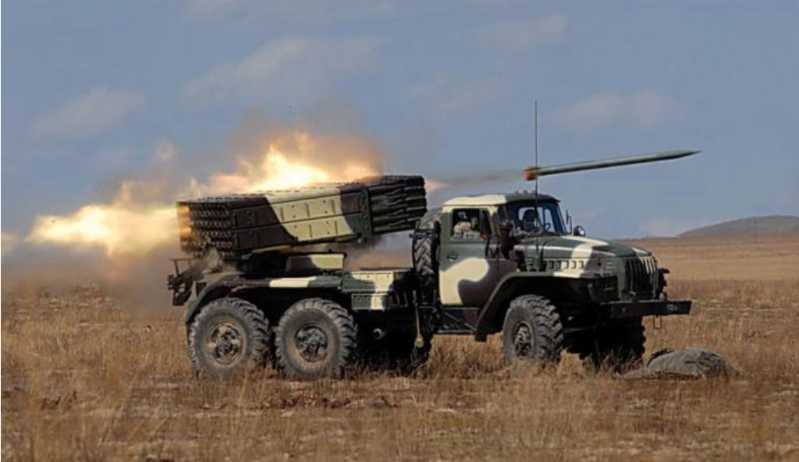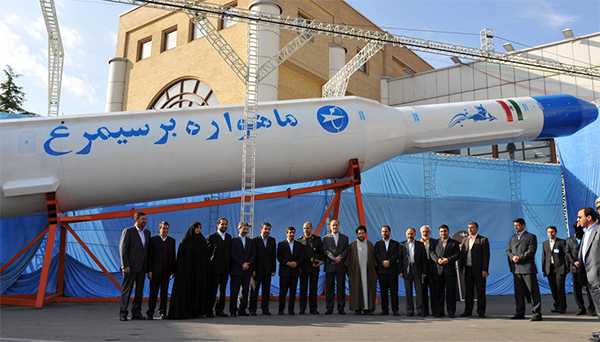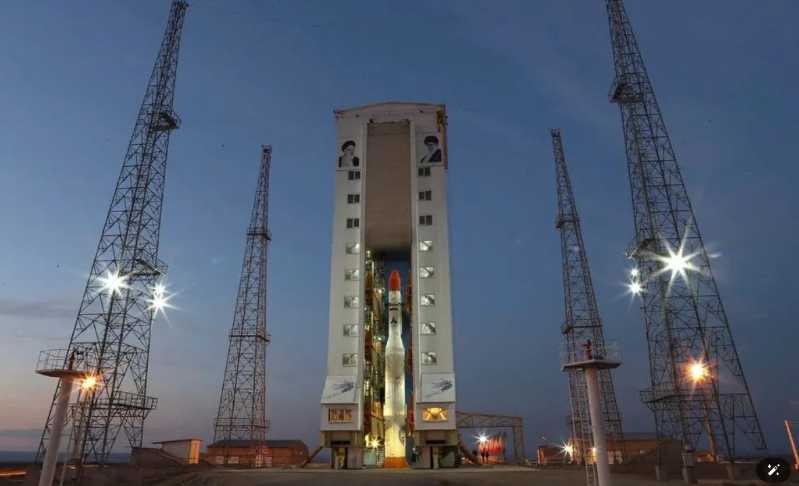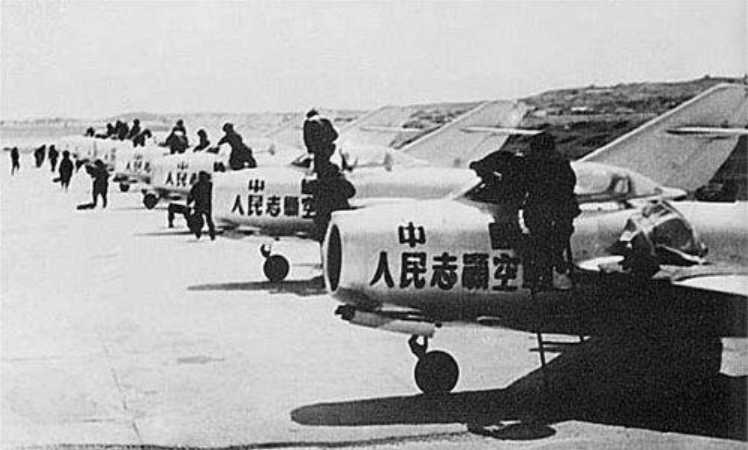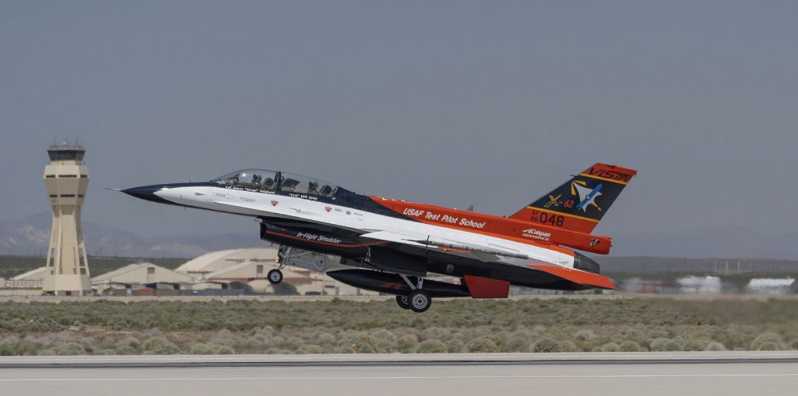On February 20, 2024, the Singapore International Airshow officially opened at the Changi Exhibition Center in Singapore. As one of the three major international air shows in the world, this air show attracted more than 1,000 defense and civil aviation companies from more than 50 countries and regions. In addition to the wonderful flight performances and indoor exhibition areas, the outdoor static display area where visitors can personally touch the real aircraft is even more exciting. In terms of military aircraft, in addition to the high-profile display of the F-35A and F-16D/D+, a Saab "Gripen" JAS-39 fighter from the Thai Air Force also attracted considerable attention.
Saab "Gripen", as the name suggests, is a fighter developed by the Swedish Saab company. Speaking of the development of this fighter, we have to mention Sweden in the 1980s. At that time, the potential of the JA-37 "Thunder" series fighters equipped by the Swedish Air Force was about to be tapped to the limit, and the development of new fighters was imperative. To this end, the Swedish government issued a requirement for the development of alternative equipment, hoping that the operating cost of the new fighter would not be higher than the existing "Thunder series fighters", while reducing the weight of the fuselage on a large scale, and also requiring better mounting capabilities. Since the design requirements of the new fighter include multi-purpose combat capabilities, it has been given a corresponding finalization code: JAS. JAS is the abbreviation of Jakt (air combat), Attack (ground attack), and Spaning (reconnaissance) in Swedish. It can be seen that JAS-39 is a multi-functional fighter that combines combat, attack, and reconnaissance. On April 26, 1987, the first prototype of the "Lion" was delivered. On December 9, 1988, the first test flight was successful. On June 9, 1996, it officially entered service. The JAS-39 Gripen fighter is known as the lightest, smallest and earliest practical fighter among the "four-and-a-half-generation" fighters in Western Europe.
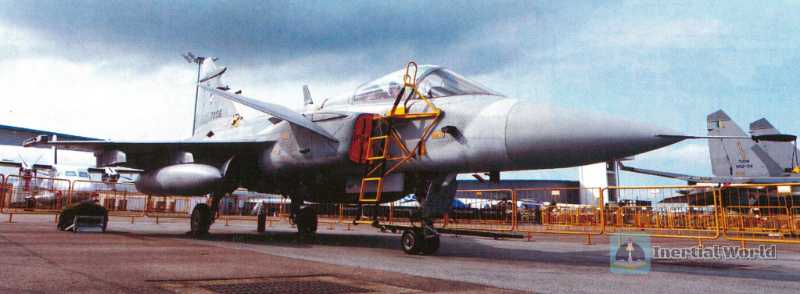
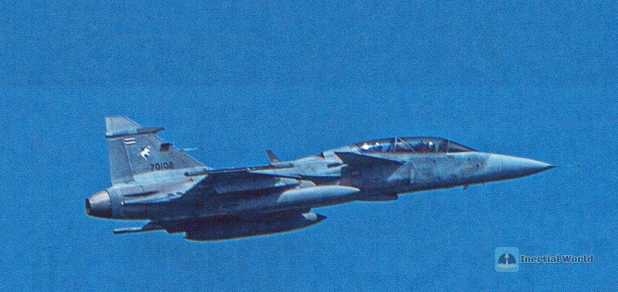
In terms of aerodynamic shape, the fighter’s design concept is consistent with the "Thunder" series of fighters, but the "Gripen" has absorbed a number of cutting-edge technologies on this basis for bold innovation, greatly reducing While reducing the weight of the fuselage, it further expanded the performance limit, that is, the close-coupled canard layout composed of a canard wing (forearm) and a delta wing. Composite materials are widely used in the fuselage. This fully movable canard is very different from the simple fixed design of the "Thunder" series fighters, and has successfully brought the fighter’s control performance to a new level. The main wing of the aircraft is a pointed delta wing with leading edge flaps and leading edge serrations. The fully movable forearm is located on both sides of the rectangular duct and there is no horizontal tail. The leading edge sweep angles of the wing and forearm are 45° and 43° respectively. One of the advantages of the JAS-39 "Gripen" layout is that direct lift can be generated by simultaneously deflecting the canard and elevator. Differential ground deviation The canard can generate lateral force, and combined with the deflection of the rudder, it can generate direct lateral force without changing the aircraft’s heading. This "uncoupled" flight mode is very useful when using aircraft guns for air-to-air attacks or when launching unguided weapons on ground targets.
The aircraft’s canopy adopts a teardrop-shaped, single-piece curved windshield. The cockpit seat is tilted back 28°, allowing the pilot to withstand greater overload. The retractable front three-point main landing gear is a single-wheel type, which is retracted forward into the cabin; the steerable front landing gear is a double-wheel type, which rotates backward 90° and is placed flat under the fuselage. The wheels and tires are equipped with carbon disc brakes and anti- Sliding device. It uses a wedge-shaped duct with a cladding partition. The aircraft can achieve supersonic flight at all altitudes and achieve maximum efficiency in short-field takeoff and landing. In addition, it can land on highways without special road reinforcement, so there are many options for sites that can be used.
As a single-engine fighter, the Gripen uses a General Dynamics/Volvo Aero Engines RM12 engine. The engine is a low-bypass turbofan engine with afterburner. It was jointly developed by General Electric and Volvo Aircraft Engines on the basis of General Electric’s F404-400 engine. The RM12 engine has a 3-stage fan and a 7-stage high-pressure compressor. Both the fan and the compressor use stators with variable angles of attack and are driven by a single-stage turbine. The afterburner uses a variable area nozzle, and its area is adjustable from the smallest to the largest. It is reported that the improved version of the JAS-39C/D: replaced with a new F-414G engine.
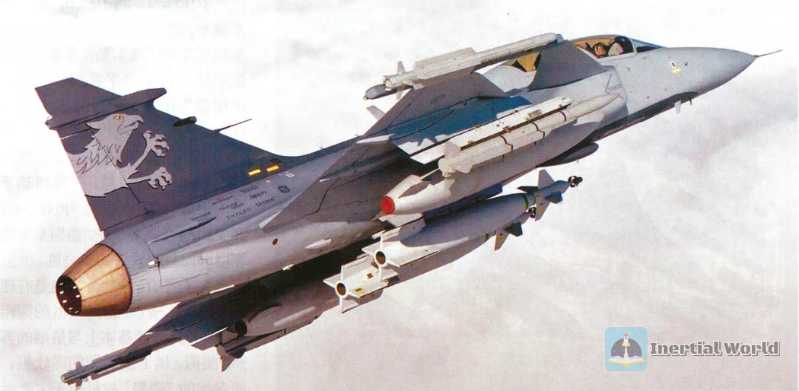
In terms of weapon mounting, the Gripen uses a 27mm Mauser BK-27 single-barrel machine gun for close combat. 4 CRV-7 rocket pods. 6 AIM-9 Sidewinder missiles or IRIS-T short-range air-to-air missiles; 4 AIM-120 advanced medium-range missiles or Skyflash missiles, Mica missiles, and Meteor missiles as air-to-air configurations. 4 AGM-65 Maverick missiles and 2 KEPD350 long-range land attack weapons as air-to-ground configurations. 2 R B-15F missiles, used for anti-ship. 4 laser-guided bombs, 2 Bk.90 cluster bombs, used for ground bombing.

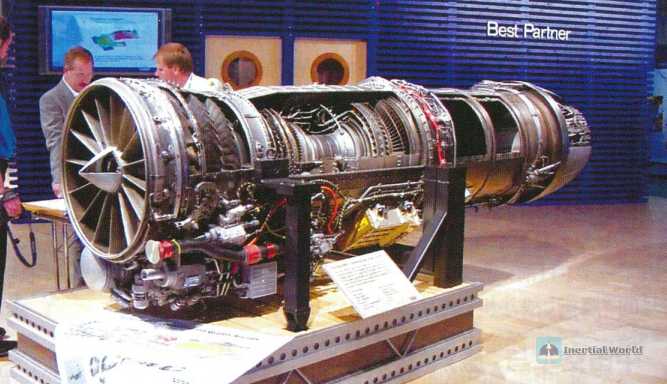
In terms of avionics, the Gripen fighter has made a qualitative improvement over the Vigour series fighters. It uses the Ericsson/GMAv PS-05 radar, which has a data processing capacity three times that of the PS-46/A radar of the Vigour aircraft, but is only 60% of the latter in size and 50% of the latter in weight. The PS-05A is a multi-mode pulse multi-radio radar. The DOPP radar uses a slotted waveguide planar array antenna and a liquid-cooled traveling wave tube transmitter. By using complex and changeable waveforms and high, medium and low pulse repetition frequencies, multiple operating modes required for various tasks are achieved. The radar uses a new type of active phased array technology, which uses more than 1,000 transmit/receive units. In order to expand the azimuth angle of the radar, the antenna is installed on a movable chassis, which can significantly increase the scanning range of the radar. This design method is relatively unique in phased array radars. In air-to-air mode, the radar can simultaneously guide multiple missiles to conduct beyond-visual-range attacks. The radar system can also obtain a forward-looking infrared (FLIR) sensor hanger mounted under the front fuselage. The information and images from the radar and pod are displayed on the multi-function display in the cockpit. In addition, the Gripen fighter also uses a new integrated navigation system (NINS) and a new integrated landing system (NLS)
The Gripen fighter has always taken low cost as its development strategy. In the late 1990s, Sweden and British Aerospace began to export JAS-39. In order to meet customer needs, Sweden strengthened the original JAS-39 as a whole, including avionics, fuselage structure, and engine updates; the biggest difference from the original configuration is the addition of an aerial refueling device with a hose refueling method. This new model is called JA S-39C/D, with a price tag between 40 million and 60 million US dollars, has a clear price advantage over other new generation fighters.
In 2011, the Thai Air Force purchased 12 Gripen fighters, but later one crashed at an air show. Currently, after Thailand’s request to purchase F-35 fighters was rejected, it plans to purchase the latest model of Gripen fighters again, bringing the number to 23.
Chinese Air Force and Gripen
Since we are talking about the Gripen fighters of the Thai Air Force, we have to mention the confrontation between the Gripen fighters of the Royal Thai Air Force and the Chinese Air Force in the Sino-Thai joint exercise.
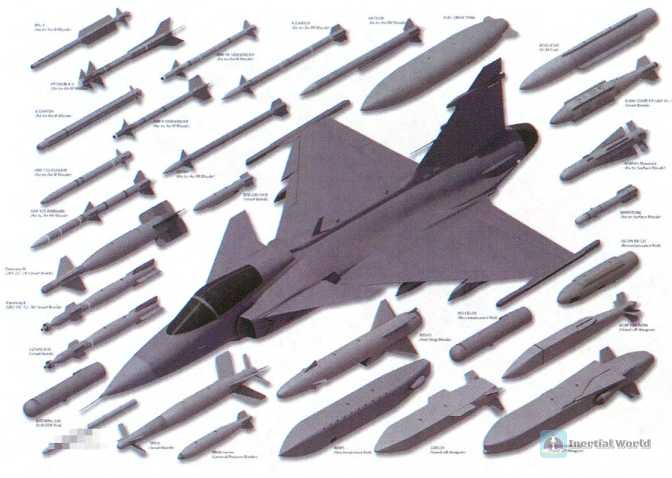
In 2015, during the "Eagle Strike-2015" joint military exercise, the Chinese Air Force sent the J-11 to fight against the Gripen fighters of the Thai Air Force. The result of the exercise was beyond our expectation. The Chinese Air Force’s J-11 fighter jets were defeated by a large margin, especially in the beyond visual range air combat. At that time, at a visual range of 50 kilometers, the Thai Air Force scored 24 to 0, and at a distance of 50 to 30 kilometers, the Thai Army’s record was 64 to 14. In the entire beyond visual range confrontation, the Royal Thai Air Force won a great victory with a record of 88 to 14.
At first glance, it seems unreasonable, but in fact it is reasonable. The J-11 is a localized version of the Su-27SK. Its performance is basically similar to that of the early Su-27. It belongs to the earliest fourth-generation aircraft. The Thai "Gripen" fighter has a relatively late production batch, so its various airborne equipment and avionics systems are much newer than the J-11. Although it cannot reach the level of advanced fourth-generation and a half, its performance can fully reach the level of mid-term fourth-generation aircraft, and the overall avionics performance is similar to that of the J-10A fighter.
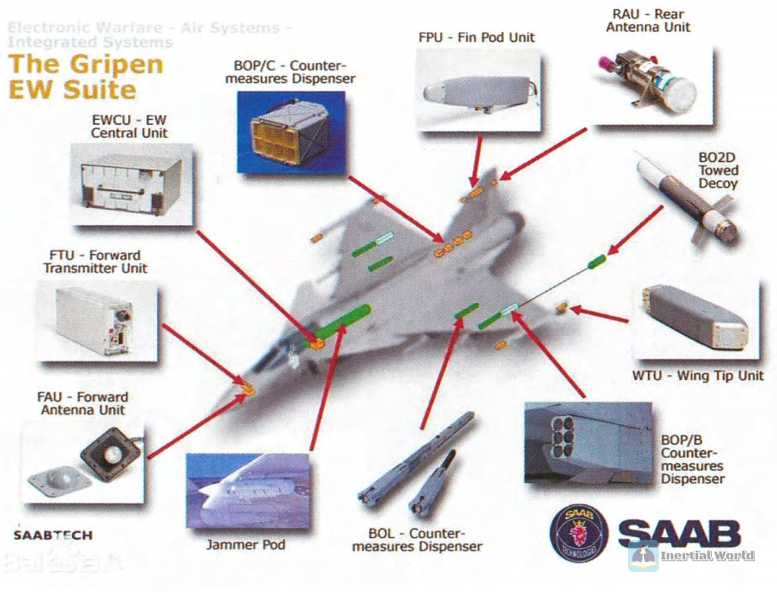
In this exercise, the interception distance of the J-11 fighter to the Gripen was about 30 to 35 kilometers. The Su-27’s airborne radar is the N001 inverted radar, which has a maximum interception distance of about 100 kilometers for targets with a launch cross-section of 3 to 5 square meters. As a light fighter, the front RCS value of the Gripen is between 1.5 and 2 square meters, and the Gripen fighter uses the PS05 flat slot radar, which is a whole generation higher than the inverted radar of the J-11. The detection range of the PS05A radar for typical fighters is about 130 kilometers. In addition, the J-11 fighter is a heavy fighter with a relatively large radar reflection cross-section, so the Gripen can first lock the J-11 out of visual range. In addition, the attack envelope of medium-range missiles such as R-77 carried by the J-11 is also much inferior to the AIM-120 medium-range missiles of the Gripen, so it is not surprising that the J-11 was crushed in beyond-visual-range combat. If it were replaced with the new fourth-generation aircraft of the Chinese Air Force, such as the J-10B/C, the situation would definitely not be like this.
After 2015, China and Thailand held several joint military exercises in 2017, 2018, 2019 and 2022, and China successively sent main fighters such as the J-11BG and J-10C to participate. It is reported that the J-10C has achieved a great advantage in the competition with the Thai Gripen fighter. The Thai Gripen pilot said that "it is impossible to aim at the J-10C."
This at least shows that the avionics level of the J-10C is far above the early and mid-stage fourth-generation aircraft such as the J-11 and the Gripen. The reason why the fine combing achieved good results is that the J-10C is equipped with a domestically produced new generation RKL700A electronic countermeasure pod. This equipment has great advantages in electronic interference and suppressing the opponent’s radar system. It can not only prevent the opponent’s radar-guided missiles from being launched, but also make the opponent’s fighter’s observation radar snowflakes, unable to aim at the fighter that is cruising at high speed in the air.
This is also why the Thai "Gripen" pilot said that "it is impossible to aim at the J-10C". After all, if the radar system of a fighter is greatly restricted, it can only rely on the pilot to aim with his own eyes, which will inevitably affect the attack and reconnaissance accuracy of the fighter itself. At the same time, because the avionics technology of the J-10C itself is more advanced than that of the Gripen fighter, it can lock the movement trajectory of the enemy fighter at a longer distance and launch air-to-air missiles to shoot it down. In the air exercise, the Thai pilot was "shot down" before he found the J-10C.
On the other hand, it shows that the entire electronic warfare system of the J-10C is at the forefront of the world. In a head-on confrontation with a fighter like the Gripen, it is not at all inferior. The latter has no room to fight back under strong suppression. This also shows from one side that China is already a strong country in the research and development of the air force and its ancillary equipment. After all, the PS-05A pulse Doppler radar equipped by the Gripen itself is also very advanced, which can lock the enemy fighter at a relatively far distance, and the J-10C’s countermeasures in radar also prove the success of China’s avionics system.
At the same time, since the Gripen fighter is a light fighter, it still has a chance to escape the tracking of the opponent’s fighter radar after being locked, relying on its own high speed, but the J-10C still "shot down" several of them. This is also the strength of the domestic active phased array radar in the exercise. The advantage of the J-10C in radar is self-evident.

PS-05A pulse Doppler radar
Whether it is victory or failure, in many joint military exercises, pilots from both China and Thailand have demonstrated the strength of both sides’ fighters with excellent performance. It is also hoped that such military exercises will be held more in the future, which will promote the friendship between China and Thailand, and at the same time, timely check and fill in the gaps in their own air force.
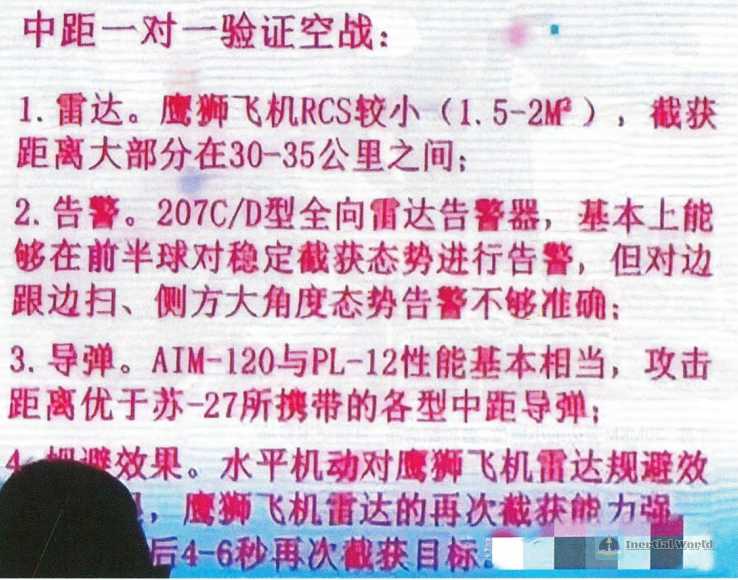
Conclusion
In short, the Gripen fighter is not the best in the world’s fourth-generation aircraft, but it is definitely not backward. It has its own advantages and focuses. With its excellent strike capability and relatively advanced radar, it is still a "hot" fighter in the hands of some small countries that do not require range and cruising radius. At this Singapore Air Show, the Thai Air Force generously displayed its "Gripen" to let the world witness the style of the "Northern Eagle" and also demonstrated the open attitude of the Thai Air Force.
Related reading
- 国产大飞机海外首秀:中国商飞C919和ARJ21飞行展示
- Domestic large aircraft overseas debut: COMAC C919 and ARJ21 flight demonstration
- 从美军B-52H战略轰炸机双机通场新加坡航展说起
- 近距离观察F-35A隐形战斗机
- 近观新加坡F-15SG战斗机
- 我进入了F-16D的座舱
- 我当上了苏-30的飞行员--苏-30MKM战机前的超强体验
- 中国的“老朋友”--来自冲绳的P-8A反潜巡逻机
- 又见C-17运输机
- 首次亮相新加坡航展的直-10ME
- 公开展示的“阿帕奇”武装直升机
- 静态展示的CH-47F“支努干”重型运输直升机
- KC-135下的漫步,不得不说的硬管加油装置
- 细看新加坡“紫菀”-30防空导弹
- 先进机型齐亮相---新加坡航展上的中航展台
- 混动装甲战车--新加坡“特雷克斯s5”轮式装甲车管窥
- 2024年新加坡航空展室内展台参观记


